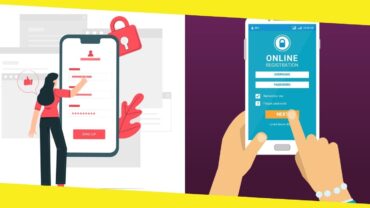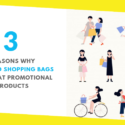Here’s How to Nail Your Next Email Personalization Strategy
This post was last updated on July 7th, 2021

Gone are the days of simply sending one generic email to all of your contacts — at least if you want to see results.
Every year there are new trends hitting the email marketing industry and this year is no different. Do a quick Google search and you’ll find hundreds of thousands of search results waiting to tell you what the next big trend in email marketing is. Clicking through articles you’ll find the same things over and over again — a list of the top 5 or 7 email marketing trends that probably vary a little from each other.
Rather than share with you multiple trends happening in our industry, we’re going to take the time to breakdown just one. You could beg to differ, but we’d say this is the biggest, most effective email marketing trend right now.
What is it you may be wondering? It’s personalization.
Let’s take a deeper look at how personalization can improve your email marketing strategy with these key topics:
- Trends and statistics as to why personalization matters
- Using customer personas to further personalize content
- How behavior tracking can improve email conversions
- Understanding where the buyer’s journey comes into play
- The advanced track: Predictive Personalization
The Trend of Personalization in Email Marketing
This is likely not the first time you’ve heard the idea of personalization in email marketing. In fact, if you haven’t heard about this trend, you’re likely living under a prehistoric marketing rock. Needless to say, it’s become a pretty big buzzword in recent years and continues to rank as one of the highest performing email types out there.
We’ll let the stats tell the story here: the most basic personalized emails boost conversion rates by 10% but by taking it a step further and implementing Predictive Personalization you can expect to see revenue increase by 22% and click-to-open rates by 83%.
Are you on board with the idea of personalization yet?
But here’s the catch… personalization isn’t just putting someone’s name in the subject line and body copy. It goes so far beyond that in the email marketing world we currently live in. And if you’re looking to land increases in the 22%+ range, you’ll need to have an advanced personalization strategy.
Advancements in email marketing tools and CRM systems have made the transition to personalized content a little easier. Being able to track how customers are interacting on your website, what items they are looking at or purchasing, and how they engage with your brand online as a whole provides a lot of insight for building your personalization strategy.
Keep in mind, too much personalization can be perceived as creepy and invasive and it can be a fine line to walk. With security breaches and scams running rapid online, 86% of people are concerned about data privacy. This means you need to strategically craft your personalized content to meet the wants and needs of your customers.
Let’s take a look at a few ways you can personalize content without scaring people away.
Knowing Your Buyer Personas
The first step to nailing your personalized email marketing strategy is to know your customers inside and out. That’s where buyer personas come into play. Developing and frequently revisiting your buyer personas is an important part of knowing who your customers are and what they want.
Utilizing personas in your email marketing campaigns can improve your conversion rate by 10%.
But to see an increase in conversion rates, you’ll need to take the research and development stages of persona building very seriously. Make sure to include both qualitative and quantitative research on your customers and if you can, go directly to the source for interviews and surveys. The better your understanding of them, the better you can personalize content to their persona.
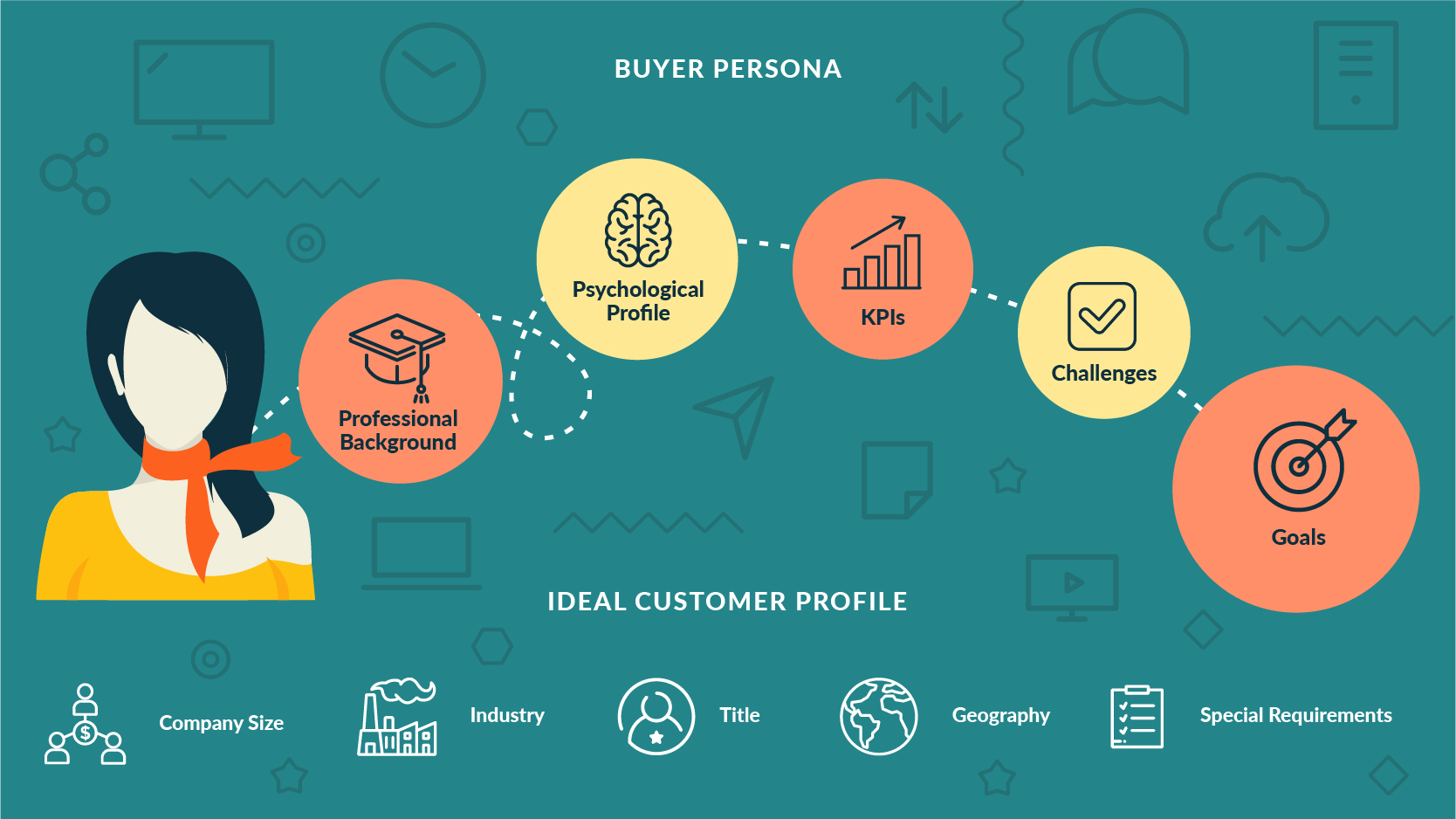
When developing buyer personas, you want to consider a number of things in a customers life. A few examples include what their profession is, the challenges they may be facing, the stage of life they are currently in, and what their goals are. These will all help you know exactly what that customer is looking to gain from you.
Image courtesy of CIENCE.
Once you know what your personas look like, you can begin to develop an email marketing campaign around them. For example, if you are marketing clothing to multiple different personas, you may choose to personalize the content sent to them based on their age, gender, profession, and even personal style — all things you can understand by outlining who your personas are.
Behavior Tracking to Serve the Right Information
Behavior tracking is the idea of tracking what your customers are doing and tracking their actions to find trends. This could be seeing what pages visitors are browsing on your website and how they are interacting with your products or content all the way to their purchasing behavior.
Sending emails based on visitor behavior proved to be the most effective strategy for 39% of marketers utilizing personalized email tactics. Having the ability to track your customer behavior allows you to implement automated campaigns dependant on actions they may take.
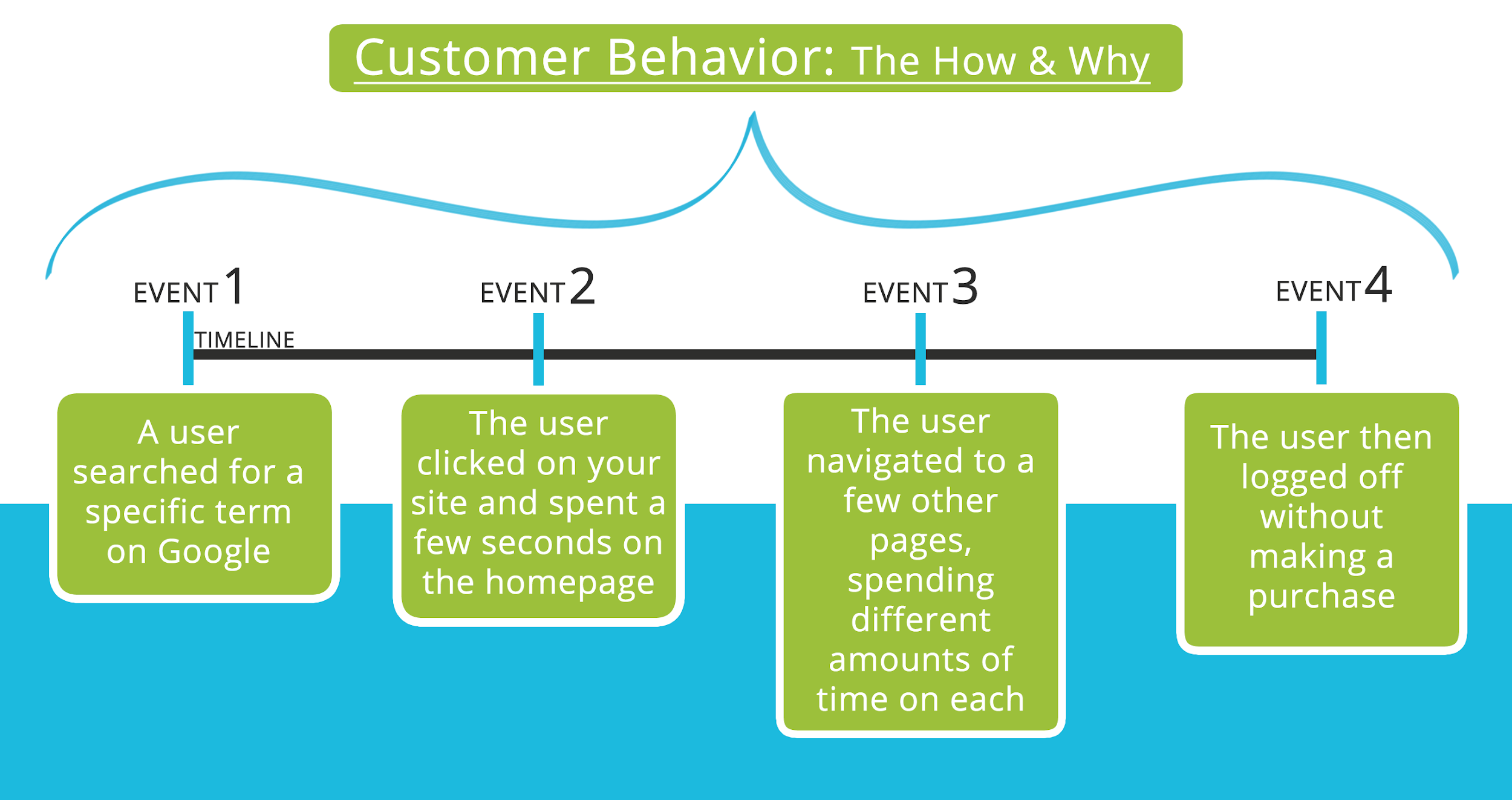
Having the ability to see what your customers are doing and interacting with will allow you to amp up your personalization game. If this scenario occurred on your website, you’d have a clear indication as to what the customer looked at and how you can market to them personally related to their previous session.
Image courtesy of Wikipedia.
Take the time to understand the behaviors and purchasing intent of your customers based on their actions with your brand and find a way to turn that into a communication method to reach them on a more personal level. Then depending on how often or what they are interacting with on your site will change the path you send them down.
For example, a customer who constantly interacts with your content and has shown a lot of interest in your products but hasn’t made a purchase quite yet may be added to a nurturing campaign design to push them along into a purchasing customer. Whereas a new visitor may follow a welcoming campaign to warm them up and then eventually move into a nurturing campaign.
That leads us right into the next tactic to improving your personalized email strategy — knowing where to meet your customers.
Meet Them Where They Are: Understanding Your Buyers Journey
Knowing where customers are at in the buyer’s journey can make all the difference when it comes to email personalization.
The buyer’s journey is broken out into three basic stages:
- Awareness: Someone who is just browsing your site. This might be the first time they’ve landed on your homepage, or it may be their second time coming across your website in from a related search result.
- Consideration: This person has visited your site multiple times and now shows signs of interest in your products. Although they haven’t finalized a sale yet, they are well on their way.
- Decision: This person is ready to purchase from you. They have done their research, considered the options and is now ready to execute the sale.
You can break this journey down into multiple substages to get even more granular but for the purposed of this article, we’ll look at the traditional stages.
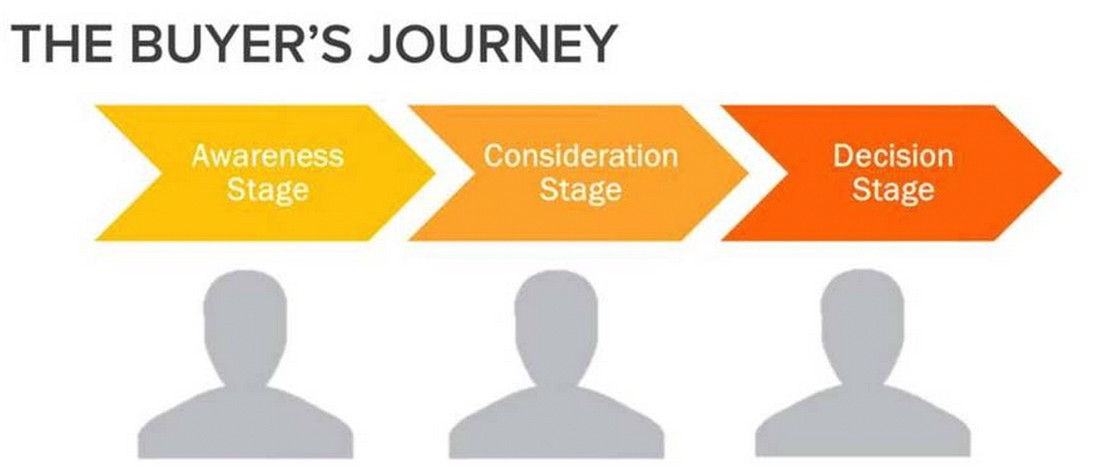
The buyer’s journey allows you to know exactly where your customers stand. It identifies if they are new customers simply looking to do some research, return customers who haven’t yet made the decision to purchase, or customers who are ready to close the deal. Use this to your advantage to personalize emails throughout the entire process.
Image courtesy of Medium.
Within each stage, prospects, customers, and everyone in between need to be served very different content. As mentioned above, if a new visitor comes to your site and fills out a form, they should be put into a campaign to reflect their current stage in the cycle — not into a bucket that is designed for people who are returning and loyal customers.
You’d likely want to put them into a welcome campaign that can help move them into a consideration stage and so forth. By automatically serving a prospect in the awareness stage with product promotions and trying to push sales will likely irritate this visitor into unsubscribing from your content.
On the other hand, your loyal return customers will want to receive information about your new and upcoming products. The likely hood of selling to an existing customer is around 60%, so serving them with emails related to similar products or sales is more likely to convert than for people in the other two stages of the buyer’s journey.
Know where your customers stand and personalize their email experience based on where they are in the buyer’s journey. Don’t push products on people who aren’t quite ready to commit, serve those in the consideration stage with a reason to move forward to the decision stage and then make the sale. Personalization is key at every stage of the cycle.
The Advanced Track: Predictive Personalization
If you’re ready to take your email personalization to the next level, then Predictive Personalization is what you need. Predictive Personalization not only takes all of the different areas we’ve already discussed into account but also utilizes data-driven algorithms and machine learning to provide your customers with exactly what they want to see.
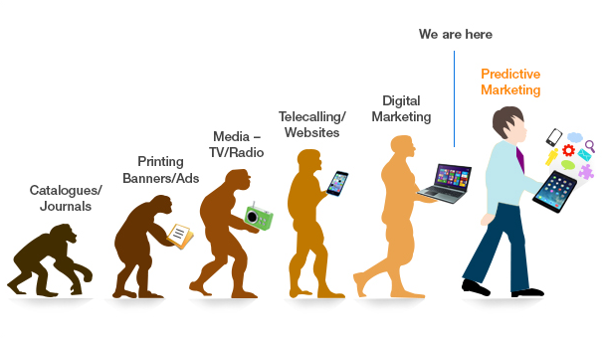
As silly as this photo may seem, it gives a great representation of how marketing has progressed. No longer is digital marketing the most advanced and innovative tactic, we’re seeing it continue to evolve into predictive marketing. Has your company followed the evolution of marketing or are you stuck in a past stage?
Image courtesy of SAS.
This is when you’ll start to see those major increases in revenue and click-to-open-rates. Because with a predictive personalization process, you’re tailoring emails directly to your customers based on both behavioral and data-driven facts.
Here are the five tactics that will help you improve engagement and revenue through Predictive Personalization:
- Predictive Segmentation
- Predictive Product Recommendations
- Predictive Content
- Predictive Send Time Optimization
- AI-Powered Customer Journey Automation
Each tactic leads you to a more effective personalization strategy that will entice customers to interact with your content and brand. With the help of machine learning and artificial intelligence, the process is ever-changing to ensure that customers are receiving the information they want and need – at all stages of their purchasing cycle.
All of this can take place automatically and behind the scenes, with the technology available today there’s no need for manual updates on your end.
Developing Your Personalization Strategy is Easy than You Think
As personalization continues to grow as a trend in the email marketing world, getting started on your strategy today will keep you ahead of the competition. Only about 5% of companies are utilizing personalization to its fullest extent — meaning this is a great area to make your company stand out.
In many cases, companies have already done a lot of the groundwork required to get a personalized email strategy started. If you’ve already defined your buyer personas, understand your buyer’s journey, and are monitoring how visitors interact with your brand you’re already ahead of the game.
Now you just need to bring this all together to create one clearly defined strategy to reach your customers, and potential customers, on a more personal level. The exciting thing is that we’ve only just begun to scratch the surface on the email personalization tactics in this article. There are so many more ways you can provide your customers with an excellent experience — you just have to know where to start.
You may like this
Recommended For You
What Are Mobile Forms and They Work
Most Inside
Most Inside offers high-quality recommendations and valuable updates to enhance all aspects of your life, providing premium guidance and enriching experiences.

